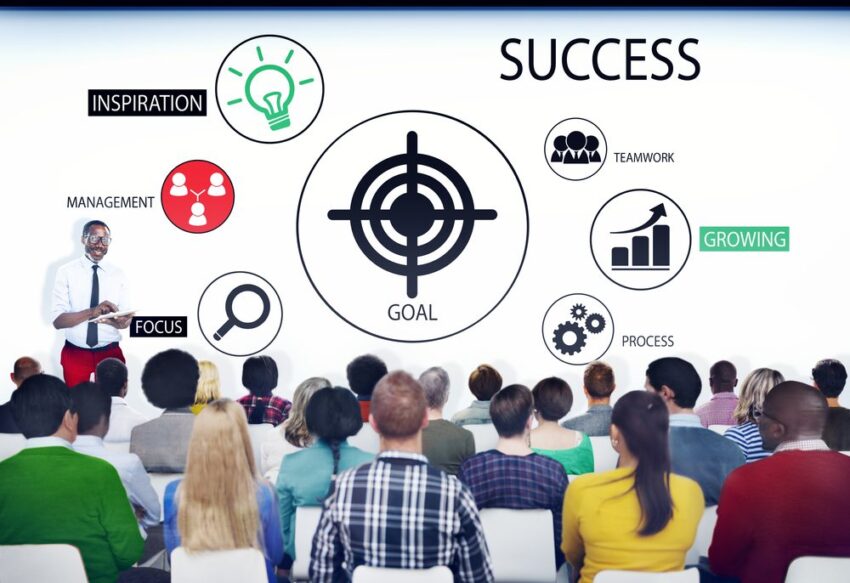There are only three reasons for using visual aids: 1) to make a point crystal clear to your audience 2) to make your point memorable 3) to make an impact so that your audience remembers YOU.
Dorothea Stuart from Toastmasters International reviews the creative opportunities visual aids give you as a presenter and how they add value:
You are a visual aid!
Remember you are one of your visual aids! Your overall style of delivery, including your clothes, has visual impact. If you’re talking about your organisation going through culture change how will you behave and dress? Is your image in conflict with the new, vibrant, fast-paced culture you are describing? For maximum impact your visual appearance needs to be in synch with your message.
Visual aids for emotional connection
We remember best when we are emotionally connected to the subject. Even in informative business presentations we need emotional engagement. For example, start with: “We’re here to discuss a subject of vital importance to you.”
The creative use of props can evoke a strong emotional response. Imagine you’re fundraising for a charity for premature babies. What’s likely to happen when, after some well-chosen words, you pause and hold up a tiny suit of baby clothes?
Visual aids create iconic moments
At an event with many presentations the audience can’t remember everything. Carefully picked, impactful visual aids will make you and your presentation stand out.
There are famous examples of iconic aids: Steve Job with the MacBook Air in an envelope, Bill Gates talking about malaria, releasing mosquitos into the audience. I recall a formally dressed Scandinavian colleague suddenly putting on Smurf-blue Viking hat with horns. Once seen, never forgotten!
Pictures and graphics pack a punch
Pictures can make a point powerfully. If you’re talking about in-store merchandising, showing your sales force photographs of the good, bad and ugly will be more efficient and effective than elaborate verbal descriptions.
Graphics can be distracting if they are too complex. For example, if you are describing a year of sales growth do you need the horizontal and vertical marks for every 100k? A dramatic upward sweeping arrow might be more powerful.
Some members of your audience may need the detail – therefore follow-up with hand-outs if necessary.
Show senior executives the product
In large organisations it is easy to get distanced from reality. I recall a meeting with a board of directors who resisted increasing a development budget. It was only when they tried using the prototype product during the presentation that they fully appreciated the problem which the focus groups had highlighted.
Stories and metaphors – the invisible visuals!
A well told story or metaphor will create the visuals in your audience’s heads. Your story should paint a scene that people can relate to but be broadly described. That way they can fill in detail themselves.
For example, if you’re talking about stress reduction you might contrast a relaxing Saturday on the beach with a work day. Rather than saying “imagine walking on the golden sand” say “imagine walking by the sea.” Some people like sandy beaches some like gravel beaches with rock pools. They can decide which it is. It’ll make the story meaningful and memorable for each listener.
Low tech or high tech?
Let’s not forget the humble flipchart – so long as everyone in the room can read it. They can be prepared in advance or used during a meeting. Just make sure your handwriting is legible.
What about PowerPoint etc.? Visual aid software has many benefits. If you are clear on your message the software helps you support your key points with words, pictures and other graphics. Just remember to keep it in its place. It’s the support act not the presentation.
By using visual aids appropriately they can enhance a presentation and make it memorable – for all the right reasons. But don’t fall into the trap of cluttering a presentation with unnecessary visuals – that could do more harm than good.
Image: Presentation via Shutterstock


